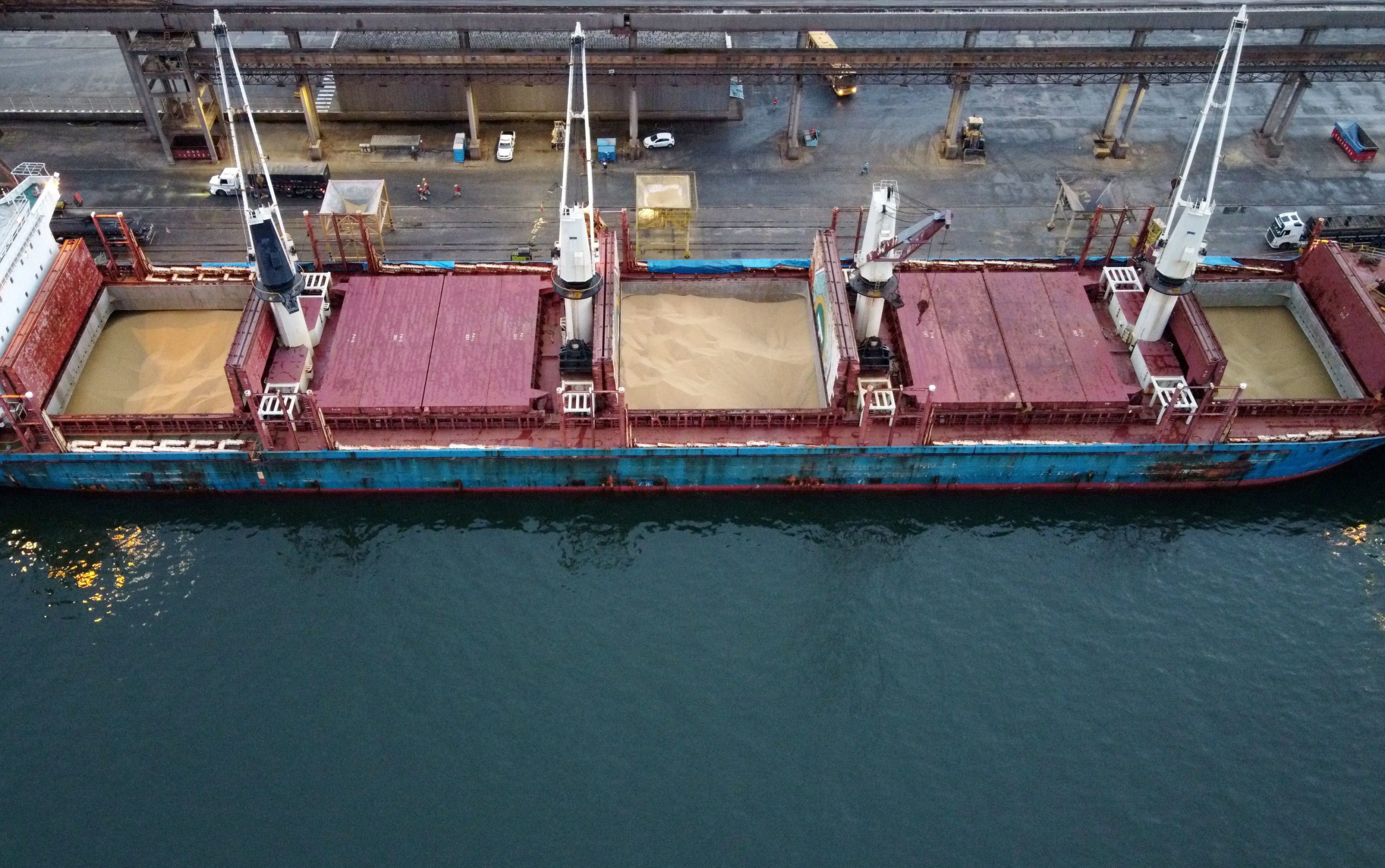(Bloomberg) —
The government in Shanghai wants to convert the world’s busiest port into a center for greener shipping.
China’s biggest city aims to build its capacity to supply cleaner fuels in preparation for more stringent global emissions mandates. The target is to raise Shanghai’s low-carbon bunkering to over 1 million tons a year by 2030, according to a statement on Friday.
China is stepping up competition with Asia’s bunkering hub of Singapore ahead of a decarbonization plan that’s expected from the International Maritime Organization next year. The European Union is already imposing carbon targets on shipping. The sector is responsible for 3% the world’s emissions.
Shanghai’s goal is just a fraction of the near 20 million tons of fuel oil sold to international shipping in China in 2023, suggesting that the transition to hydrogen-based propellants like methanol and ammonia is likely to take many years. Traditional bunker fuels will only be displaced on a larger scale from 2040, China’s biggest supplier said last month.
Singapore Dominates
Singapore, for its part, also has a target of 1 million tons of low-carbon methanol by 2030. The city-state is the world’s dominant supplier of bunker fuel, accounting for more than 50 million tons last year.
But China does have a habit of over-delivering on its promises when it comes to clean technologies, and should have a head start on hydrogen-based fuels generated by renewable energy given its enormous global lead in solar and wind power.
Top solar panel manufacturer Longi Green Energy Technology Co. has hooked up with A.P. Moller-Maersk A/S to supply the shipping giant with bio-methanol. Leading wind turbine makers including Goldwind Science & Technology Co. have announced projects to make green ammonia and methanol worth 200 billion yuan ($28 billion), according to data provider Solarbe.
The China Classification Society, a maritime standards body, expects that China will be able to supply 161 million tons of green ammonia by 2050. That would be a huge leap from the 3 million tons of capacity that’s either currently operational or under construction. For green methanol, it estimates 143 million tons by that date, from less than 1 million tons now, according to forecasts presented at an industry forum last week.
“China has great supply potential, backed by its world-leading renewable and hydrogen production capacity,” said Wen Miaomiao, a researcher at the society.
© 2024 Bloomberg L.P.

 Join The Club
Join The Club










